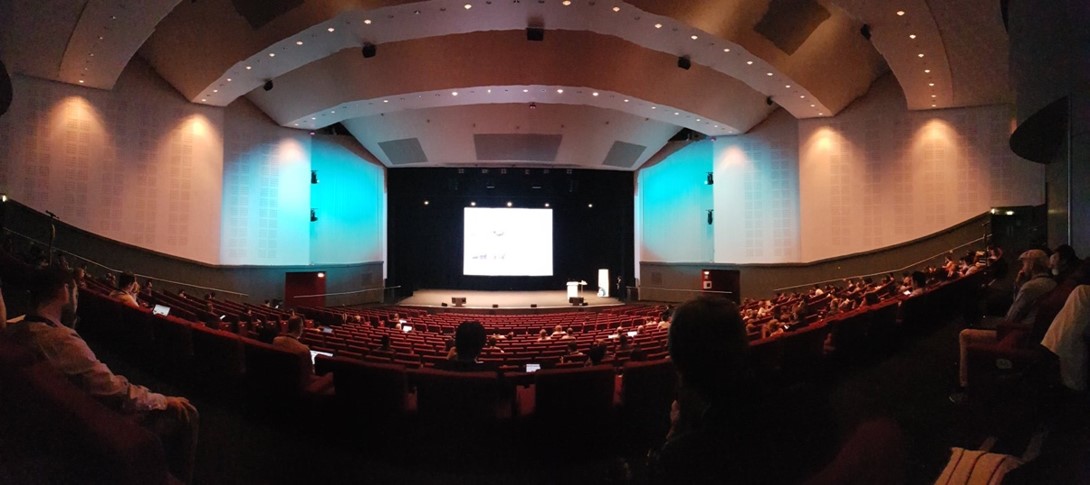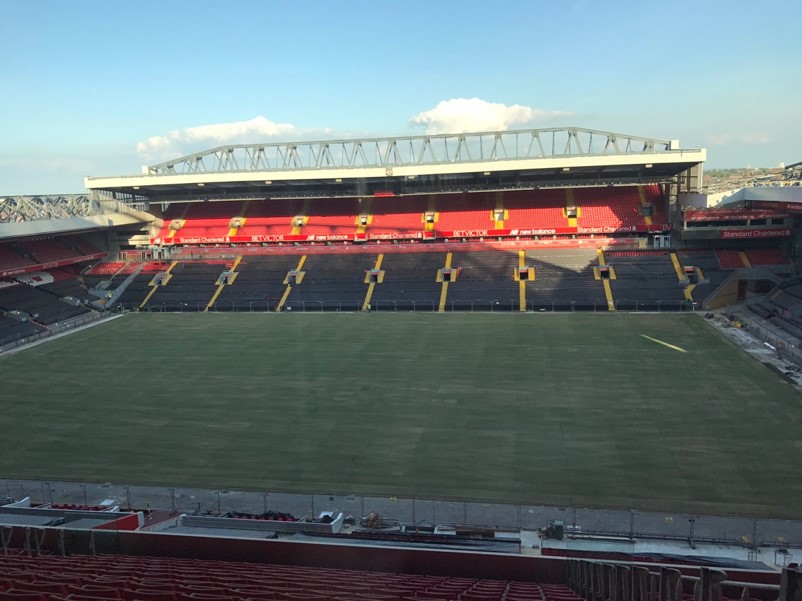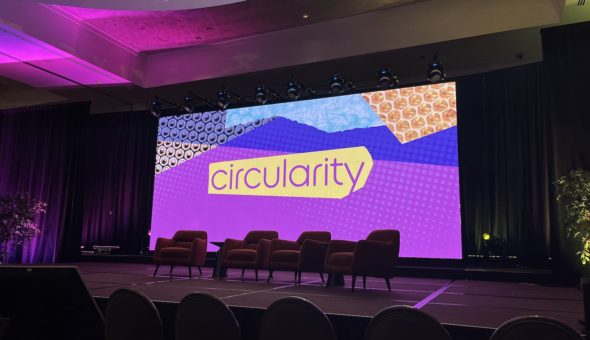From 10 - 13 July, the Arena and Convention Centre (ACC) Liverpool hosted the Royal Society of Chemistry’s 13th International Conference on Materials Chemistry (MC13). This conference happens every two years and always attracts hundreds of delegates from all over the world with diverse interests relating to materials chemistry.
After the long (and frankly dull) train journey from Bath to Liverpool, I made my way past the famous Albert Dock to the ACC and was immediately struck by its enormity. It was at this point that I began to appreciate the scale of this conference. My nervousness level went up a notch - I had given a talk to an international audience once before at the iPolymorphs conference in San Sebastian, but that was a much smaller meeting. The ACC was massive.
Fortunately, my anxiety was relieved for two reasons. Firstly, this year there were five parallel sessions to choose from and I would only be speaking in one of them, the Materials Design session, so would only be speaking to around a fifth of the 600+ delegates. Given that my PhD project involves developing new ways to computationally screen for new energy materials such as solar absorbers, this was the session of most interest to me and I spent most of my time there as well as in the Energy and Environment session. Secondly, as soon as the conference kicked off I was distracted by the excellent talks that were on offer.
Highlights included work by David Scanlon from UCL on searching for new solar absorbers using lessons learnt from the promising but currently highly unstable material methylammonium lead iodide (MAPI), and a plenary talk by Jeff Long from UC Berkeley on gas separation using metal organic frameworks, and that was just day one. Presentations at large conferences like this are a great way to quickly get up to date on the very latest advances in a research area, but also to get a broad overview of an unfamiliar topic, particularly in plenary talks that are given to the entire delegation.
I was speaking on day two and by the time my slot came around in the afternoon, I was more relaxed than I had expected. I think this was largely because the conference had quite a friendly feel to it. That is not to say that I had experiences of unfriendly conferences, but so far the questions and comments after each talk had been cordial and constructive, sparking excited discussion as opposed to awkward silence or heated debate. I expect I am not alone in my feeling that it is this final portion of a presentation that can be the most nerve-racking; you can be as prepared as you like but you can only guess as to what might be asked.
I was on straight after a keynote talk by David Mitzi from Duke University, who gave a superb overview of his work on searching for Earth-abundant solar absorbers. Top tip: If you are worried about starting a talk, have an ice-breaker ready to ease you and the audience in. My talk was entitled Low-cost High-throughput Screening of All Inorganic Materials; a bold and frankly ridiculous claim which was an ice-breaker in itself. It had the desired effect as the session chair commented that we probably wouldn’t have time for All inorganic materials in 15 minutes.
Top tip number two: There is a lot of information to be gleaned from the questions you are asked after a presentation, and they fall into three main camps:
- You get questions that you are not expecting because you thought you’d covered it in your talk or that it was obvious. This gives you an insight into what to explain more carefully or in more detail next time.
- You get questions that show an understanding of what you said as well as intrigue or curiosity, maybe asking you to expand on something that you’d mentioned (these questions are often prefaced with “Hi, nice talk…” or words to that effect). This is good - you kept (at least some of) your audience interested.
- You get no questions at all. You might have lost the audience somewhere early on or pitched the talk at the wrong level. Note: this logic does not apply if your session is immediately before lunch or a poster session involving refreshments.
Happily, most of the questions I received fell into the second category.
My talk was immediately followed by CSCT alumnus Adam Jackson who now has a post-doctoral position at UCL and gave a great talk on the computational design of a new transparent conducting oxide – another conference highlight for me. The chair closed the session by commenting how it was particularly nice to see some great talks from early-career researchers. It must be the rigorous CSCT training.
The conference concluded with a dinner at Anfield Stadium. Anyone who knows me will attest that I am not a huge fan of football (is it the one where millionaires shepherd a ball into an outside cupboard with their feet?) but it was a great venue nonetheless. A fantastic end to a fantastic conference. I’m looking forward to MC14 already.
Dan is currently working on his PhD project: 'High-throughput Computation of Materials and Interfaces’' with Professor Aron Walsh, Dr Duncan Allsopp and Dr Ben Morgan.
Respond





